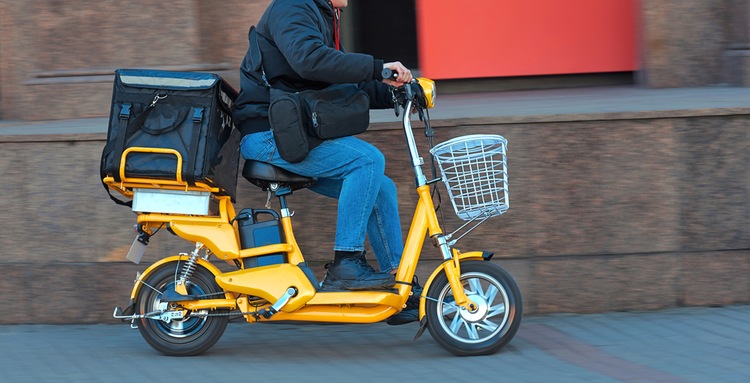Exploring the Boom in Delivery Jobs This Year: Trends and Opportunities in 2025
The delivery job market is experiencing significant growth in 2025, driven by the expansion of e-commerce, evolving consumer expectations, and the flexibility offered by gig economy platforms. This surge presents numerous opportunities for individuals seeking flexible employment options. This article delves into the factors contributing to this boom, the types of delivery roles in demand, and considerations for those interested in entering the field.

What’s Driving the Surge in Delivery Job Opportunities?
The exponential growth in delivery jobs stems from several key factors. E-commerce continues to dominate retail, with major platforms expanding their same-day and next-day delivery services. Additionally, restaurants and grocery stores have permanently integrated delivery options into their business models, creating sustained demand for delivery workers. The gig economy’s flexibility has also attracted workers seeking alternative employment arrangements.
Which Types of Delivery Jobs Are Most In-Demand?
Several categories of delivery work are showing particular growth in 2025:
-
Last-mile delivery for e-commerce platforms
-
Food and grocery delivery services
-
Medical and pharmaceutical delivery
-
Same-day courier services for businesses
-
Specialized delivery for high-value items
These roles offer varying levels of commitment, from part-time gig work to full-time positions with established logistics companies.
What Skills and Requirements Are Needed for Delivery Work?
Success in delivery jobs typically requires:
-
Valid driver’s license and clean driving record
-
Reliable personal vehicle (for most positions)
-
Smartphone proficiency
-
Time management and organizational skills
-
Customer service abilities
-
Physical capability to lift packages
-
Knowledge of local geography
Some specialized roles may require additional certifications or background checks.
How Does Compensation Work in Different Delivery Roles?
Delivery job compensation varies significantly based on the type of work and employment structure. Traditional courier positions typically offer steady hourly wages plus benefits, while gig economy platforms use dynamic pricing models based on demand, distance, and time.
What Are the Latest Technology Trends Affecting Delivery Jobs?
The delivery sector is witnessing significant technological advancement in 2025:
-
AI-powered route optimization
-
Real-time tracking systems
-
Automated dispatch platforms
-
Electric vehicle integration
-
Contactless delivery protocols
These innovations are reshaping how delivery professionals work and increasing efficiency.
Leading Delivery Platforms and Their Key Features
| Platform | Type of Delivery | Key Features | Average Earnings Potential |
|---|---|---|---|
| DoorDash | Food & Grocery | Flexible scheduling, instant pay | $15-25/hour |
| Amazon Flex | Packages | Block scheduling, guaranteed minimums | $18-28/hour |
| Uber Eats | Food | Multi-apping capability, surge pricing | $14-24/hour |
| Instacart | Grocery | Shop & deliver, in-store only options | $15-25/hour |
| FedEx Ground | Packages | Full benefits, stable routes | $35-45K/year |
Prices, rates, or cost estimates mentioned in this article are based on the latest available information but may change over time. Independent research is advised before making financial decisions.
The delivery job sector continues to evolve, offering diverse opportunities for workers seeking flexible or traditional employment. As technology advances and consumer demands shift, the industry is likely to continue its growth trajectory, making it an attractive career option for many individuals. Success in this field requires adaptability, reliability, and a strong customer service orientation.




